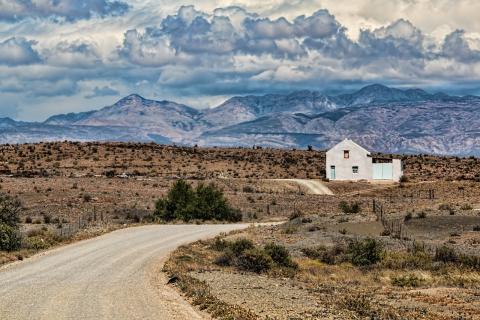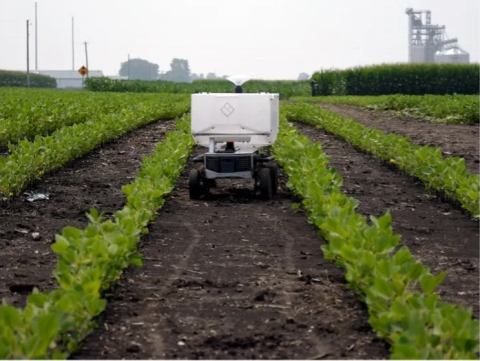Farms have a promising opportunity to fight climate change using a simple but plentiful asset: soil. Soil has the capacity to store carbon in amounts that can meaningfully offset greenhouse gas emissions through retaining carbon (otherwise called carbon sequestration).
The private sector has established corporate goals for reducing contributions to climate change by offsetting emissions, with one method being carbon sequestration on agricultural lands. The incentivized, voluntary markets for agricultural soil carbon sequestration are a potential opportunity for farmers to meet these corporate goals.




